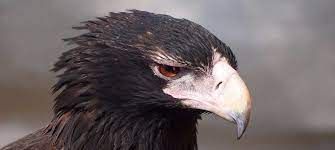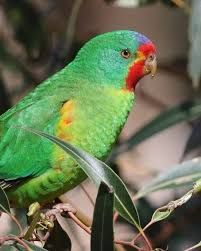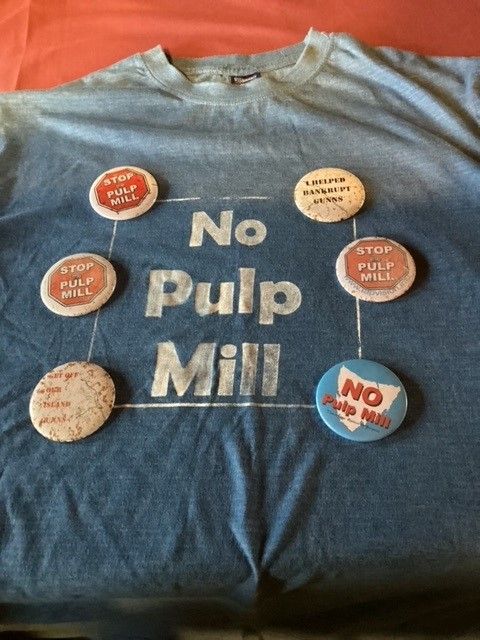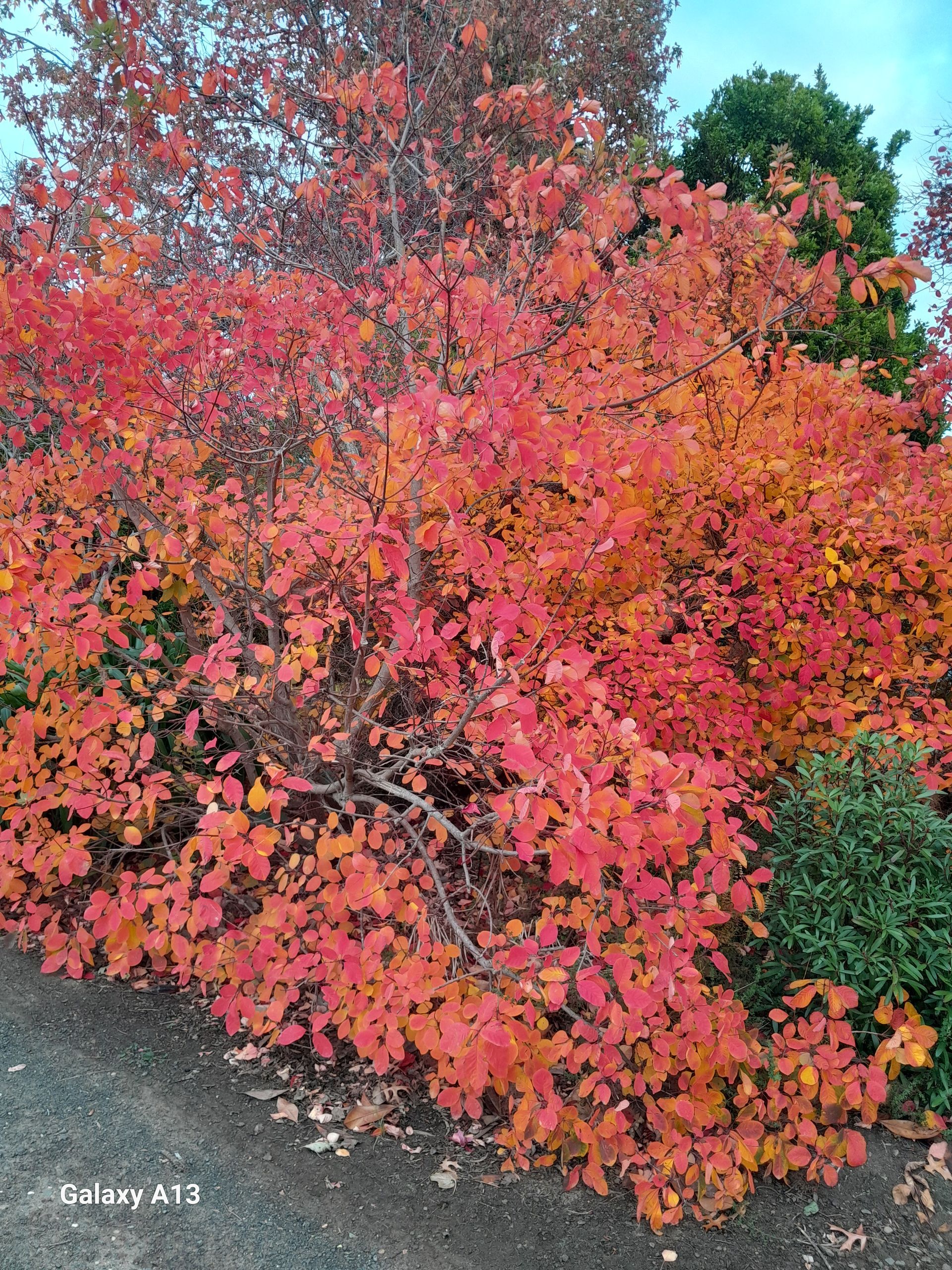We are frequently reminded about the importance of bees when it comes to pollinating flowers, vegetables and fruits. But while most people these days are aware of the critical role bees play in pollination, birds are just as crucial and many bird species are struggling to survive.
Climate change is a threat for birds globally, just as it is for us all. Rising temperatures, and more frequent extremes of dry and wet seasons that lead to floods and bushfires are all affecting birds’ ability to feed and breed successfully, and even just survive. Additional threats are human activity, deforestation and land clearing, invasive species, and predation – in particular by domestic and feral cats.
Certainly in Tasmania the threat of habitat loss from land clearing and logging is right up there, with iconic species like the swift parrot, masked owl and wedgetail eagle under severe pressure of becoming extinct. Introduced species like sparrows, blackbirds and starlings are also aggressively displacing smaller native species in the fight for food and nesting sites. It’s no wonder our native bird species are at risk. Adding to the stress in both urban and regional areas is the increase in light and noise pollution at night. These stimulants can disturb birds’ feeding, and sleeping habits, and ultimately their breeding cycles.

As though bird populations don’t have enough to contend with, a further threat to their survival is the latest iteration of avian influenza, or bird ‘flu. European ornithologists, conservationists and scientists spoke out publicly about this potentially catastrophic threat to birds recently. The only regions that continue to remain free of the most recent strain of the H5N1 virus, are Australia and the Antarctic, but this isn’t expected to last. The rapid spread of infection, and the fact so many bird populations across the world have never previously experienced the virus, makes them particularly vulnerable.
What can we all do to help the survival of our local native bird populations – and help to minimise the biodiversity loss that the loss of birds would accelerate? Well, wherever you live a good start would be to plant more bird-friendly native bushes and trees. Native bushes, shrubs and trees can provide ideal habitat for some species, and the flowers and fruits are a vital food source, especially for some of our honeyeaters, parrots, and wattle birds. To help insect-eating bird species, consider limiting the hours the light outside your home at night is burning, or at least lower its brightness. Security is important of course, but so is the survival of our lovely birds. How shocking it would be if the scenario Rachel Carson wrote about in the 1960s, in her most well-known book ‘Silent Spring’, ever came to pass.
Photo credits: Wedge-tail eagle – Bonorong Wildlife Sanctuary; Swift parrot – BirdLife Australia



